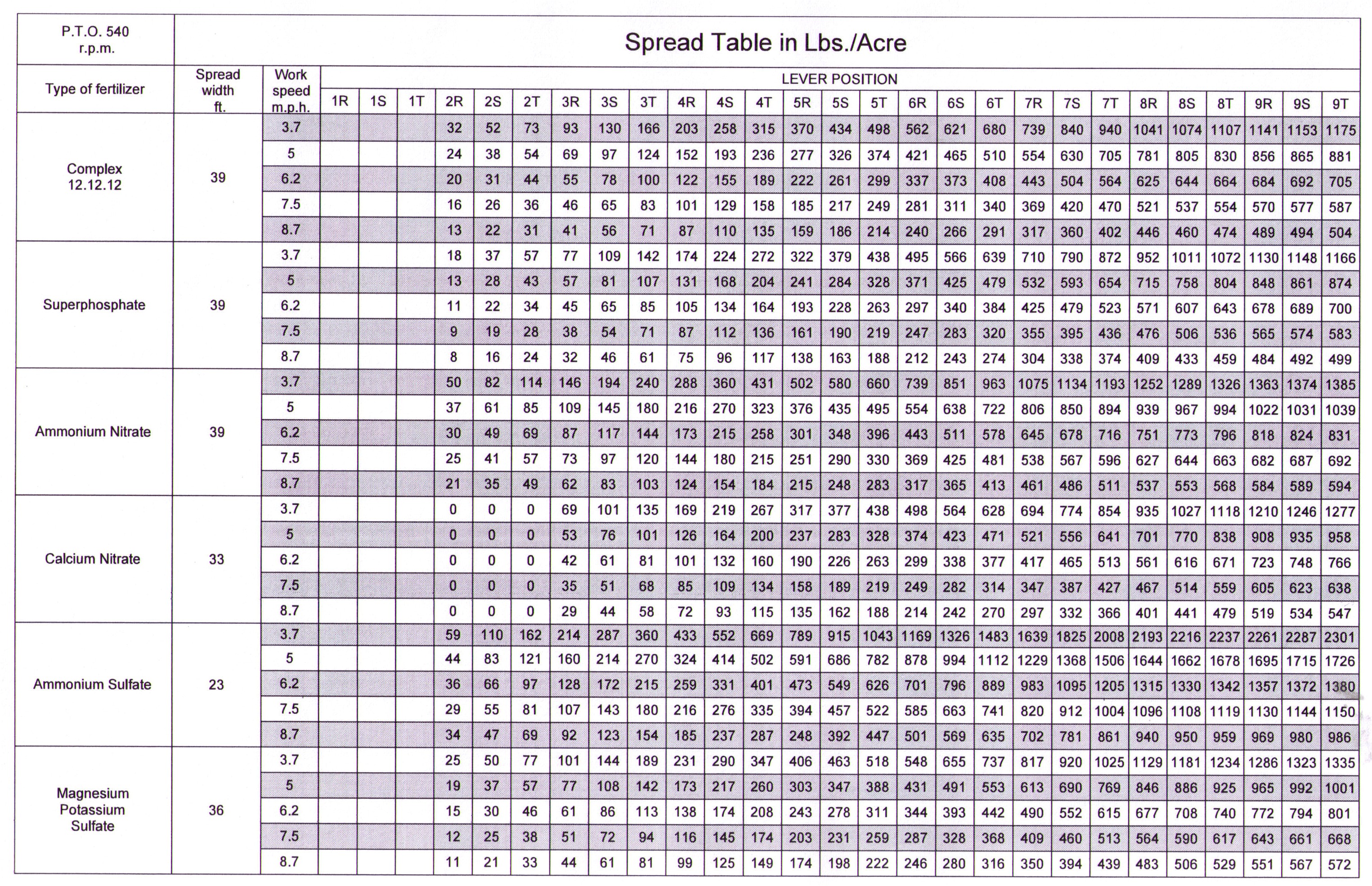

Know the effective width of your spreader's coverage per swath.Choose a low to mid-range setting, close to what you think will yield the proper rate.Calibration also helps accommodate personal nuances, such as comfortable walking speed.įor simple calibration of a walk-behind spreader, follow these easy steps: If you use your seed spreader for fertilizer and other products, each product requires separate calibration.

Calibration is determining your spreader's output at any given setting, and then making adjustments to get the rate you desire. It's a good idea to "calibrate" spreaders annually, but do so more often if used frequently. Other seed brands often have high amounts of filler and less seed per pound, so they need much higher rates to get similar amounts of actual seed. Always start with your Pennington product's recommendations. The label on Pennington Smart Seed Sun & Shade Mix, for example, recommends seeding rates of 9 pounds per 1,000 square feet for new lawns and bare spots, and 3 pounds per 1,000 square feet for thin areas or overseeding.
#SCOTTS STANDARD SPREADER MANUAL MANUAL#
If your model isn't listed, see your owner's manual for comparisons. When you purchase a Pennington grass seed product, the label includes seeding rates and recommended settings for popular spreader models. 1 Consistent speed is essential for uniform coverage. Walk-behind spreader settings are based on a walking speed of around 3.5 miles per hour. The settings may be numbers or letters the higher the setting, the bigger the hole. To get the best results, your spreader's hole size must be set so seed comes through at correct rate. Wash your spreader thoroughly after every use. Do some header strips first, to give turnaround room, then close the hopper during end turns. Open the spreader only once you're in motion and up to speed. Fill over a surface that cleans easily, in case of spills.
#SCOTTS STANDARD SPREADER MANUAL FULL#
Distribution thins as it gets farther from the spreader, so passes back and forth across the lawn must overlap to uniform seed across the full arc. The size of the fan depends on hole size and your speed. However, the two types differ in how they distribute seed and what lawn types suit them best.īroadcast spreaders scatter or “broadcast" seed in a fanlike manner over a wide area, with the help of a rotating piece beneath the hopper holes. Both broadcast and drop spreaders have bucket-like hoppers with adjustable holes that control the volume of seed that goes through. Home walk-behind spreaders usually have two wheels - and bigger wheels improve maneuverability. But they come down to two main types: broadcast, also known as rotary, and drop spreaders. Spreaders run from small, hand-held tools to heavy-duty, lawn-tractor models.


 0 kommentar(er)
0 kommentar(er)
